 Petzlover
Petzlover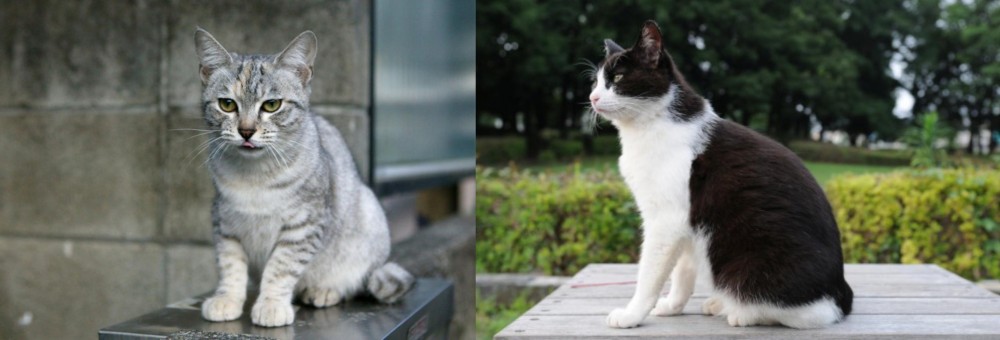 Australian Mist is originated from Australia but Bicolor is originated from United States. Both Australian Mist and Bicolor are of same weight. Both Australian Mist and Bicolor has same life span. Both Australian Mist and Bicolor has same litter size. Australian Mist requires Low Maintenance. But Bicolor requires Moderate Maintenance
Australian Mist is originated from Australia but Bicolor is originated from United States. Both Australian Mist and Bicolor are of same weight. Both Australian Mist and Bicolor has same life span. Both Australian Mist and Bicolor has same litter size. Australian Mist requires Low Maintenance. But Bicolor requires Moderate Maintenance
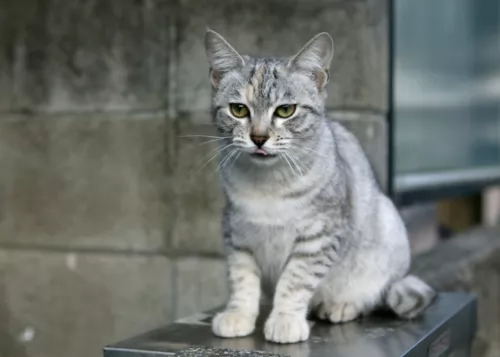 This beautiful cat, the Australian Mist was developed in Australia and is a cross between the Burmese Cat, the Abyssinian as well as domestic shorthairs.
This beautiful cat, the Australian Mist was developed in Australia and is a cross between the Burmese Cat, the Abyssinian as well as domestic shorthairs.
The breed was developed in 1975 by Truda Straede looking to bring about a short-haired cat with a ticked or spotted coat. At first the cat breed was known as the Spotted Mist but this changed to Australian Mist in 1998.
This is also because cats with marbled coats as opposed to spotted coats were accepted as part of the breed. This is an Australian cat but today there are some in UK, America and Germany.
The cat is recognized by governing councils Australia. The cats have a large gene pool.
 The first thing to know is that a Bicolor cat isn’t in fact a breed. Bicolor is just a term that describes a certain look that a cat has with its coat. It’s a cat with two colors such as red and white or black and white.
The first thing to know is that a Bicolor cat isn’t in fact a breed. Bicolor is just a term that describes a certain look that a cat has with its coat. It’s a cat with two colors such as red and white or black and white.
A popular name for bi-color cats is also Piebald or Tuxedo, and in fact many cat breeds can produce bicolor kittens, or black and white kittens such as Cornish Rex, Maine Coon, Manx, and others.
There are different coat color combinations when it comes to bicolor cats and the black and white markings may be more common but there are other color combinations too such as orange and white.
Nobody seems to know the origins of the Bicolor cats so we are going to assume they come from the USA.
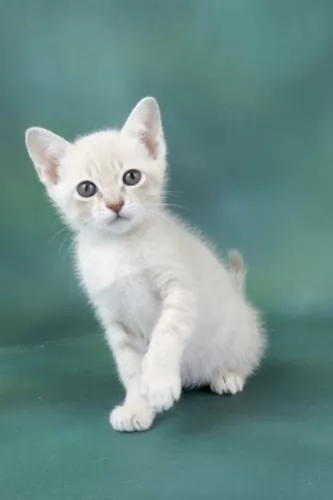 There is nothing particularly unusual about these beautiful cats as the Australian Mist is a medium-sized cat weighing between 4 to 7kg. Its short coat comes without an undercoat and it is a low-shedding cat.
There is nothing particularly unusual about these beautiful cats as the Australian Mist is a medium-sized cat weighing between 4 to 7kg. Its short coat comes without an undercoat and it is a low-shedding cat.
The coat can be spotted or marbled and the legs and tail come with a pattern of black rings. The cat’s coat is short and comes in a number of colors – gold, peach, brown, blue, lilac, chocolate and caramel.
The Australian Mist has large, bright, expressive green eyes with a rounded head and a furry tail.
The Australian Mist is known for its exceptional temperament, and they don’t mind being picked up and cuddled. For this reason they make great cuddly pets for first-time cat owners as well as homes with children.
He is more than willing to get on with other pets in the home as well. They’re lively cats and will not mind being put on a leash and going for a walk, although because they are such cats that thrive on human company, this cat is willing to spend the entire day indoors with their human family.
These companionable cats make excellent animal friends for invalids.
Desexing your Australian Mist will ensure that he likes to stay close to home and become a solid family member.
 Regardless of the breed they belong to, information on these cats suggests that they can have many different looks. Look at the amazing Turkish Van cat for instance – each of these cats is recognizable for its long, luxurious fur. You’ll find a few touches of color on the cat's ears and tail, making in a Bicolor. They also have an interesting characteristic – being fond of water!
Regardless of the breed they belong to, information on these cats suggests that they can have many different looks. Look at the amazing Turkish Van cat for instance – each of these cats is recognizable for its long, luxurious fur. You’ll find a few touches of color on the cat's ears and tail, making in a Bicolor. They also have an interesting characteristic – being fond of water!
These Bicolor cats weigh in the region of 3 – 7kg, and can tend towards the smaller or larger size. Some of them can have short or long hair, larger or smaller ears and green or yellow eyes.
Coming from different cat breeds, the bicolor cat can have a mix of wonderful characteristics – they can be vocal or quiet or confident or shy.
They’re always wonderful though and can be curious, intelligent, playful, loving and loyal. They make great companions who just love the interaction they have with their human owners.
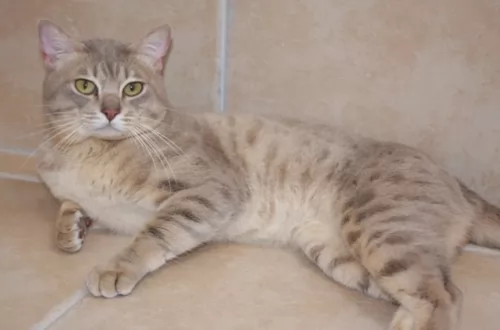 The Australian Mist is capable of becoming the perfect pet for single people, couples, families, the sick, and the elderly.
The Australian Mist is capable of becoming the perfect pet for single people, couples, families, the sick, and the elderly.
They just thrive on human companionship and love the indoor life. You can expect to have your furry companion with you for a good time as their life expectancy is into the late teens – if you provide them with a happy, comfortable home.
Bring one of these wonderful fur companions into your home and you’ll see that the Australian Mist is ready to quickly become a member of your unique family.
 The Bicolor cat is such a steady, reliable cat-friend to have. When you start looking as these cats as your companion, you're going to get a smart, funny, adoring, playful family member who will be there for you whether you go to work each day or stay at home.
The Bicolor cat is such a steady, reliable cat-friend to have. When you start looking as these cats as your companion, you're going to get a smart, funny, adoring, playful family member who will be there for you whether you go to work each day or stay at home.
They’re such easygoing cats, with no airs and graces. They’re happy, relaxed, and uncomplicated cats and when you make a Bicolor your pet and friend, your life just becomes that much more meaningful.
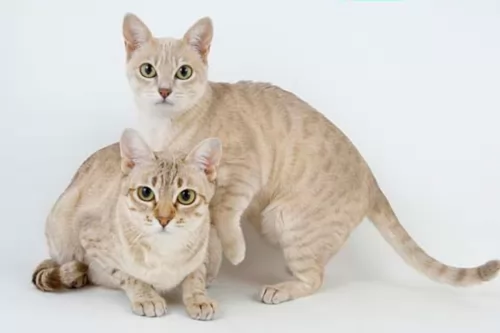 These are generally long-lived cats and with good health, these robust cats from Australia can live well into their teens.
These are generally long-lived cats and with good health, these robust cats from Australia can live well into their teens.
The Australian Mist hasn’t got any particular health care issues, but as with every cat, it is a good idea to see that he gets to the vet for an annual check-up to make sure all is still well.
 By providing your kitty cat with a loving home, you can ensure that he stays as healthy as possible. Unfortunately though, cats can get sick, regardless of how well you take care of them and then as a responsible pet owner, you will be able to take your pet to your local vet.
By providing your kitty cat with a loving home, you can ensure that he stays as healthy as possible. Unfortunately though, cats can get sick, regardless of how well you take care of them and then as a responsible pet owner, you will be able to take your pet to your local vet.
Some of the common cat problems you get can be kidney disease, ear infections, dental disease, parasites such as heartworm, cancer or something like feline immunodeficiency virus.
Whether your cat has a virus or an infection, remember that getting your cat to the vet can mean nipping the problem in the bud before it gets more serious.
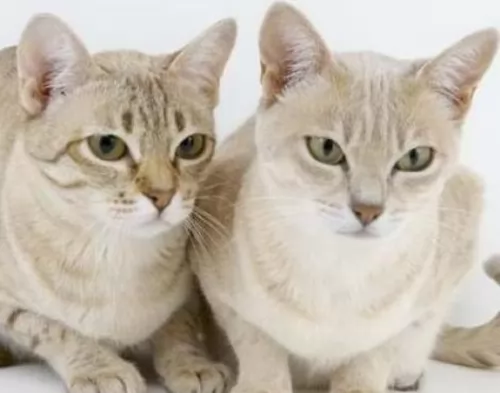 They’re moderate shedders and the short lying coat of this cat won’t require much grooming. It is always a good idea to brush a short-haired cat like the Australian Mist at least just once a week to get rid of dust and loose hairs. Of course, the cat thrives on the attention that comes with brushing him as well.
They’re moderate shedders and the short lying coat of this cat won’t require much grooming. It is always a good idea to brush a short-haired cat like the Australian Mist at least just once a week to get rid of dust and loose hairs. Of course, the cat thrives on the attention that comes with brushing him as well.
Because your Australian Mist is a fairly active cat you want to buy commercially manufactured cat food that is of the highest quality to maintain his health and condition.
These cats are prone to putting on weight and you want to ensure the right food portions to maintain his weight.
He should never be without a constant supply of fresh, cool water. A good diet for your cat can go a long way to eliminating- or cutting down on veterinary expenses.
If you’re unfamiliar with what to feed your cat, your furry friend’s basic nutrition needs will require having good protein from meat, fish and poultry. You always want to be sure that Taurine, an essential amino acid is always included in the food as well as other important vitamins, minerals, fatty acids and enzymes.
 Caring for your Bicolor cat is much the same as with any other cat. Your Bicolor will shed, so brushing him will tickle him pink, especially if you do it lovingly and gently – it’s like a bonding session. The weekly brushing will get rid of loose hairs and dust and keep the coat healthy and shiny.
Caring for your Bicolor cat is much the same as with any other cat. Your Bicolor will shed, so brushing him will tickle him pink, especially if you do it lovingly and gently – it’s like a bonding session. The weekly brushing will get rid of loose hairs and dust and keep the coat healthy and shiny.
Spay or neuter your pet to avoid unwanted kittens. Stay up to date on veterinary visits and vaccinations.
Provide your cat with stimulating toys as well as all the equipment he needs to be comfortable – food and water bowls, litter box, grooming equipment, bedding, climbing- and scratching equipment.
All cat owners, whether their cats eat homemade food or wet- or dry food should read cat food labels and understand the nutrients content.
Certainly, as a carnivore, cats require certain vitamins, minerals, and proteins that only meat can provide.
Understand how to work out if the cat food is balanced or not and not packed with too many grains and carbohydrates.
How much your Bicolor eats will depend on his age and his activity levels. Be careful not to overfeed your cat as overfeeding is dangerous. When cats put on too much weight, it leads to problems such as diabetes, heart- and joint disease.